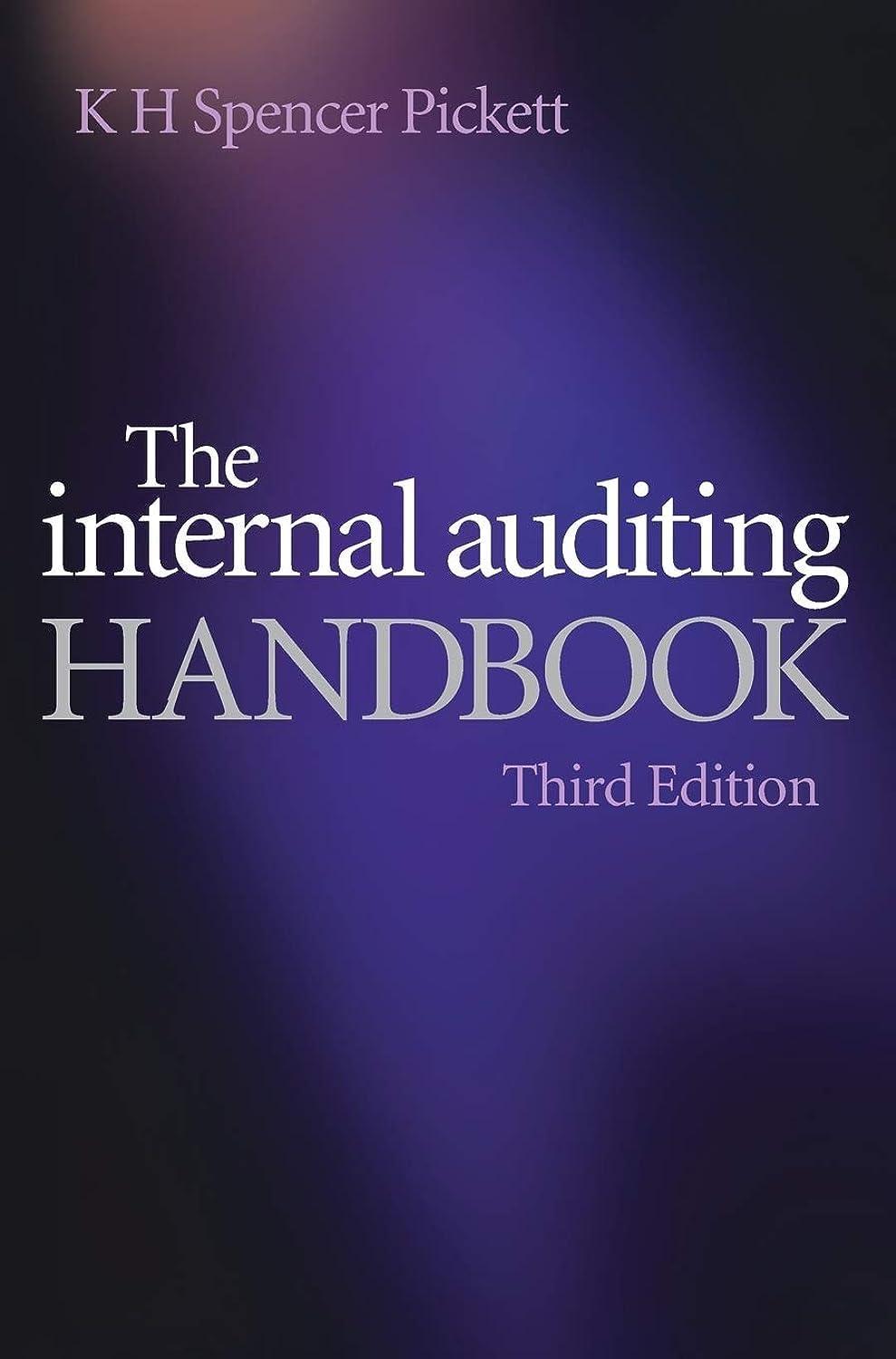Which is the odd one out? By going through the nine-point stage model, there is a better
Question:
Which is the odd one out?
By going through the nine-point stage model, there is a better change to get procedures both correct, understood and accepted in the operation in question. Taking each stage of the model in turn:
1. Development: This involves reviewing the underlying processes, simplifying them and working with users – then drafting an agreed document that reflects the required activities.
2. Induction: It is important to introduce the procedure to new starters and show existing staff a new or improved procedure.
3. The training manual: This may be broken down into two levels. Where staff are assessed as able to apply procedures, an outline manual (‘a’) can be provided. Where this is not the case, a more comprehensive package (‘a&b’) with exercises can be given to them to work through.
4. Outline: After the training or induction period, it is possible to turn to a short-cut outline document with key tasks and processes summarized for use thereafter.
5. Training: The skills of staff affect the degree to which procedures are successful. The training on procedures is mainly about knowledge and to supplement this, we should also seek to develop the underlying skills and the appropriate attitudes as a parallel training initiative.
6. Documentation: After the training has been completed, staff should be given a detailed document setting out the procedure and a list of key tasks that need to be performed each day.
7. Appraisal: This links the way staff are using procedures in their performance appraisal framework. In this way, it is seen to have some meaning to the work people do and their individual development programmes.
8. Discipline: This is a fall-back position, where if all else fails, staff may need to be disciplined for breach of procedure.
9. The review process: This should be straightforward in that it entails keeping the procedure relevant, vibrant and up-to-date.
10. Compliance: This stage deals with compliance and it is the line manager’s responsibility to ensure staff comply with procedure. This is best done by getting staff to understand how they can monitor themselves, and supporting them in this task.
Step by Step Answer:






